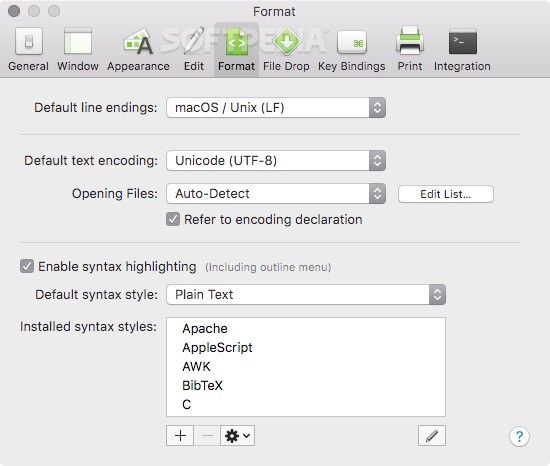
- #OPEN FILE WITH COTEDITOR FROM COMMAND LINE FULL#
- #OPEN FILE WITH COTEDITOR FROM COMMAND LINE PASSWORD#
This will take effect after the system is restarted. The following message appears when the global flag is enabled, SUCCESS: The system global flag 'maintain objects list' is enabled. To enable the Maintain Objects List global flag, type: openfiles /local on To check the current status of the Maintain Objects List global flag, type: openfiles /localīy default, the Maintain Objects List global flag is disabled, and the following message appears, INFO: The system global flag 'maintain objects list' is currently disabled.
#OPEN FILE WITH COTEDITOR FROM COMMAND LINE FULL#
Syntax openfiles /local Įnables or disables the system Maintain Objects List global flag, which tracks local file handles. If you dont know the full path to the program you want to run from the Command Prompt, you can easily find it in File Explorer. Enabling the Maintain Objects List global flag might slow down your system. Once the program is opened, from the file menu, select Open or use the keyboard shortcut Ctrl + O. Overview The Linux command line is a text interface to your computer. Step 1: Open the command prompt and point to the directory to which the sqlite. To query and display all open files on the remote system srvmain by using the credentials for the user hiropln on the maindom domain, type: openfiles /query /s srvmain /u maindom\hiropln /p made by using the on or off option don't take effect until you restart the system. The Linux command line for beginners Overview A brief history lesson Opening a terminal Creating folders and files Moving and manipulating files A bit of plumbing The command line and the superuser Hidden files Conclusion 1. To query and display all open files in list format with detailed information, type: openfiles /query /fo list /v To query and display all open files in table format without headers, type: openfiles /query /fo table /nh To query and display all open files, type: openfiles /query Specifies that detailed (verbose) information be displayed in the output. Valid only when the /fo parameter is set to TABLE or CSV.


#OPEN FILE WITH COTEDITOR FROM COMMAND LINE PASSWORD#
If you don't use the /p option, a password prompt appears when the command is run.ĭisplays the output in the specified format. Specifies the password of the user account that is specified in the /u option. If you don't use the /u option, system permissions are used by default. Support for character encodings and file formats is the primary reason why developers choose. Runs the command using the permissions of the specified user account. This parameter applies to all files and folders that are specified in the command. If you don't use the /s option, the command is run on the local computer by default.

Specifies the remote system to connect to (by name or IP address). openfiles /disconnectĮnables an administrator to disconnect files and folders that have been opened remotely through a shared folder. This command also enables or disables the system Maintain Objects List global flag. Enables an administrator to query, display, or disconnect files and directories that have been opened on a system.


 0 kommentar(er)
0 kommentar(er)
